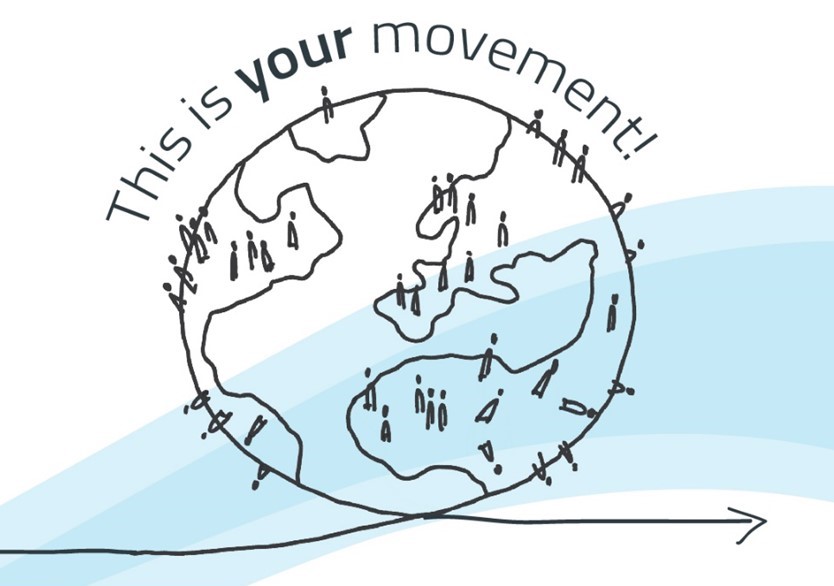New European Bauhaus: moving to the next phase

date: 13/07/2021
See also: Co-designing the New European Bauhaus
What started as a call for ideas and inspiration a few months ago is now becoming a growing community.
We are so excited to have you with us in this journey!
The New European Bauhaus already counts over 200 official partners from all EU countries, a high-level roundtable of 18 experts including designers, innovators, activists and academics, and thousands of citizens who follow and engage with the initiative online and through local events.
During these first six months, people from all over the world have been sharing with us their views and aspirations for a better future for us and our planet.
There have been conversations at more than 100 locally organised debates and conferences across Europe focused on the places we inhabit, our diverse cultural heritage, and our relationship with nature. As co-leaders of this co-design phase, the JRC has collected more than 2 000 examples and ideas through various events and individual submissions to the project through a dedicated short story collector and a free form collector.
You can now navigate through all the contributions we have collected.
Take a look at the inspiring examples, interesting ideas and key challenges as they were sent to us.
In the coming days, you will also be able to check what came in through our free form collector, including longer papers, studies, and conversation harvests.

The co-design ended on 30 June, but the conversations will not stop here.
In September, based on the outcomes of the co-design phase, we will present in a Commission Communication the concept of the New European Bauhaus as it developed in the last months.
The Communication will also provide an insight into the related policy aspects and the first elements of a support framework for delivery, including launching calls for pilot projects. Conversations and activities will resume after the summer to feed a place and purpose based community that supports local efforts and helps make the New European Bauhaus a truly transformative process.
